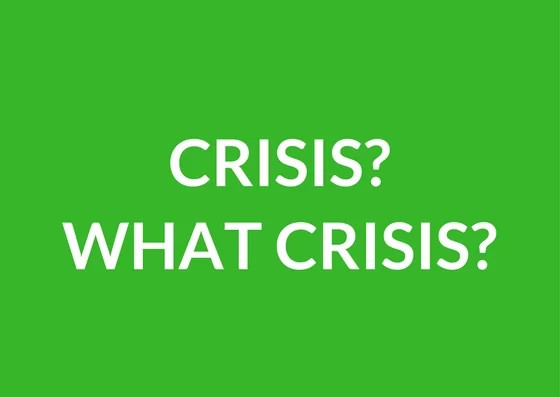“I wish they’d communicate directly with us and tell us what they’re doing,” said the volunteer in her high-vis jacket, desperately trying to co-ordinate the efforts to help the wretched residents of her village as they were flooded out of their homes.
This was something I spotted some years ago, at a time when there was serious flooding in Somerset. The ‘they’ in question were the Government and the volunteer was talking to the BBC. The TV was apparently the main channel of communication for her and her fellow villagers to find out any information about the official flood response.
Action and communication
This story has stuck with me as I’m often asked to provide examples of what happens when communication goes wrong, to show why it’s vital to get it right. Here was a major example unfolding on my TV screen.
I could only begin to imagine what it must be like for all the people who were watching their homes and livelihoods being destroyed by the water. And I was struck by how many of them were saying, ‘we’re on our own’, ‘we don’t know what’s happening’, ‘no-one is talking to us’. Clearly they needed decisive action and to see something happening that was improving their situation, but they needed words as well as actions.
Not knowing what was going on, or indeed if anything was going on at all, was adding to their already considerable distress.
Lessons to learn
So what does this tell us about communication, both in times of crisis and more generally?
- The grapevine is incredibly powerful. Without any clear, official communication, people in the flooded areas were filling in the gaps. They were guessing at what was, or wasn’t, going on and passing those views on to others. This in turn fuelled their attitudes and behaviours.
- Bad news travels fast, even if it’s not accurate. The bad experiences of people in flooded areas and the bad decisions taken were transmitted rapidly around the world, particularly with the help of broadcast media and social media. In these circumstances, these channels of communication take on a power all their own.
- Simply ‘doing some communication’ is not enough. To be effective you have to get the right message to the right people at the right time and in the right way. The lady in the high-vis jacket had heard things on the TV about what was supposed to be happening. But these messages were not tailored specifically to her and her fellow residents, so were in effect meaningless to them.
- Communicating effectively must be an ongoing process. In crisis situations, there are often many accusations and counter-accusations about actions that have been requested or advice unheeded, that go back over many years. When there have been clear messages and a consistent flow of communication between the various groups over time, relationships tend to be far more positive. Trust makes negotiating any current crisis much easier.
My favourite advice for crisis communication came from a speaker at a conference I attended a few years ago:
You cannot communicate your way out of a crisis you behaved your way into.
Communicating in difficult times, with elements beyond your control, is always going to be challenging. But with some pre-planning and thought, as well as a generally positive communication culture, it is possible to communicate well and avoid adding to people’s problems.
If you’d like help with putting together a plan for potential crises that could affect your organisation, please do get in touch with me for a chat about how I could work with you.
Until next time
Sarah

